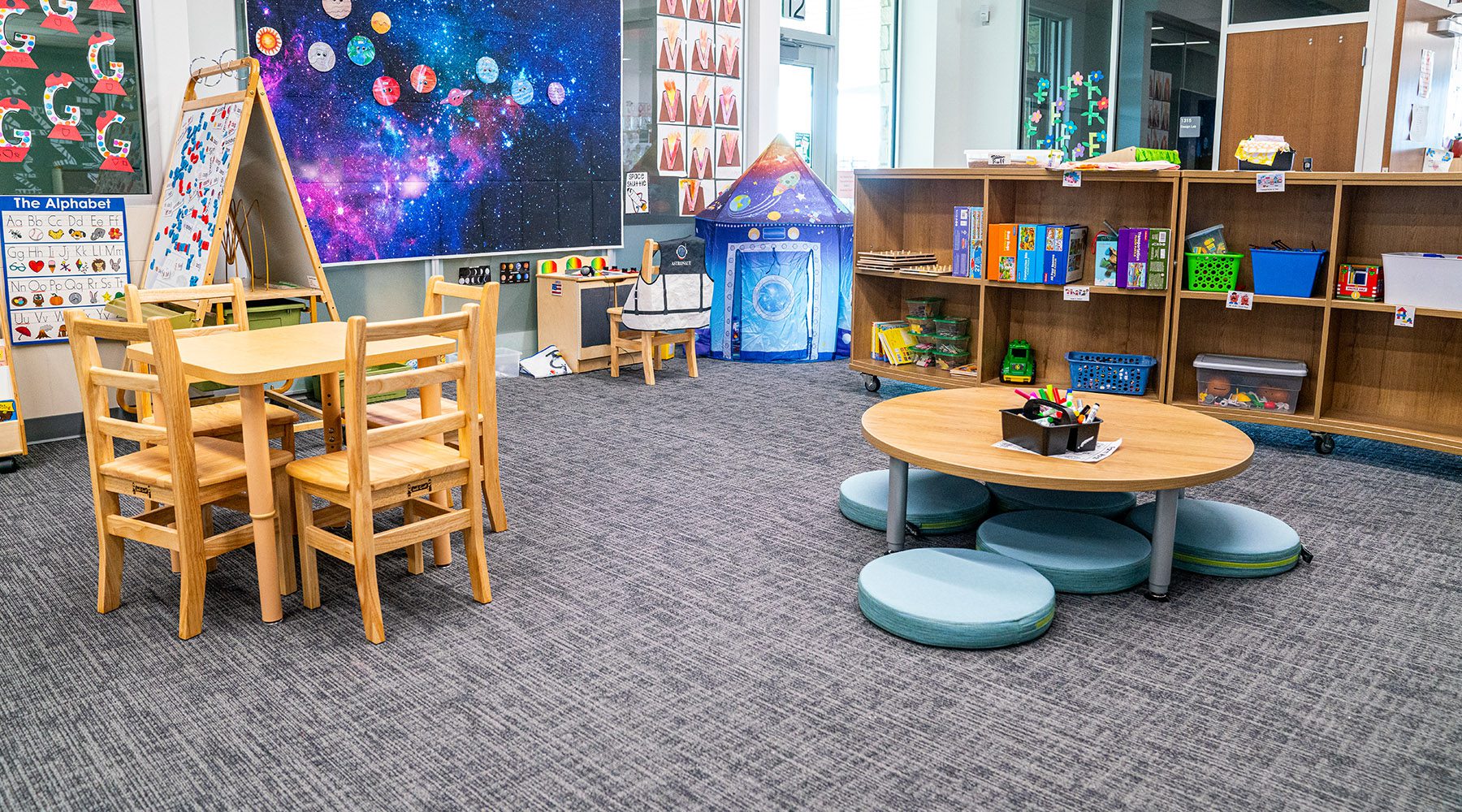
Engaging Young Minds: Designing Spaces That Spark Curiosity and Learning
Course Description
In this session, participants will explore the critical role architects and designers play in shaping early childhood education environments. By understanding the developmental needs of young children, we can create classrooms that foster creativity, learning, and growth from the ground up. This presentation will highlight the impact of thoughtfully designed spaces on children’s learning experiences, emphasizing how a well-structured environment can enhance engagement and promote exploration.
We will also discuss the importance of flexibility in classroom design, allowing for adaptability to various teaching methods and activities that cater to the dynamic nature of early childhood education.

This course explores the crucial connection between early childhood development and overall well-being, emphasizing the importance of nurturing physical, cognitive, social, and emotional growth. By understanding these developmental needs, educators can create supportive learning environments that foster healthy habits, emotional regulation, and a strong foundation for lifelong wellness. Ultimately, this training empowers educators to prioritize the holistic health of young children in their classrooms.
Learning Objectives
- Participants will examine the specific developmental needs of early childhood students, including their varying cognitive, emotional, and social growth stages, and how these differ significantly from those of older students, with an emphasis on supporting their overall well-being and mental health. This includes recognizing the impact of physical activity, nutrition, and sleep on development.
- Participants will explore the significance of hands-on, play-based learning experiences and creative activities, such as art, music, and storytelling, in fostering cognitive, social, and emotional development in early childhood education classrooms, and how these activities contribute to stress reduction, emotional regulation, and a positive sense of self. The session will also explore how to incorporate mindfulness and movement into these activities.
- Participants will understand the implications of these developmental differences on classroom design, including the importance of creating safe, nurturing environments that encourage exploration, play-based learning, and peer interaction among young children, while also promoting physical health and safety. This includes considerations for air quality, natural light, and access to outdoor play spaces.
- Participants will explore the selection of appropriate furniture, such as flexible seating options, age-appropriate tables, and storage solutions, that promote interaction, independence, and comfort for young learners, with a focus on ergonomic design and its impact on posture and physical development. The session will also cover the importance of creating a sensory-friendly environment and how furniture choices can support children with varying needs.
Course Presenter
Linda Dove
Course Credits
1 LU | HSW